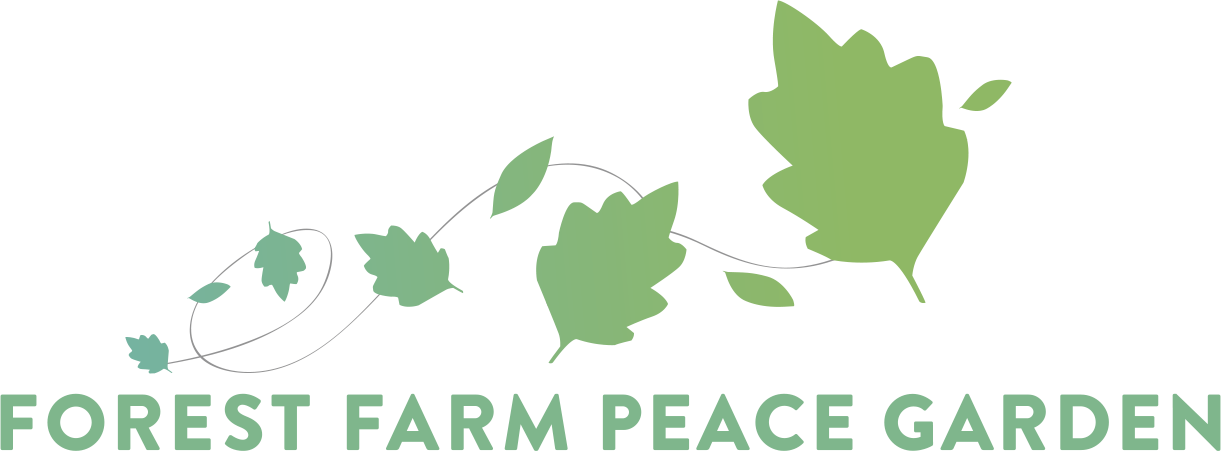A shrub or small tree that can grow to 15m in height, but is often a lot smaller because of its use in hedging. There are at least 300 species of insect that hawthorn supports, including being a food plant for moths such as Small Eggar (Eriogaster lanestris), Light Emerald (Campaea margaritaria) and Rhomboid Tortrix (Acleris rhombana) to name but a few. Fruits are important food sources for many birds such as Fieldfares (Turdus pilaris) and Redwings (Turdus iliacus). It is also a good source of nectar for many species of bee, including the Honeybee (Apis mellifera). The dense thorny foliage makes it an ideal place for nesting birds and small mammals.
Elder - for health and magic
Growing as a small deciduous tree up to 20 feet in height, the centre of the twigs is generally hollow, filling with a corky pith as they become older. Leaves are pinnate in opposite pairs of 5-7 leaflets. Fragrant umbels of creamy flowers appear from late May and throughout June and are of approximately uniform size.
Hawthorn - the May blossom.
A shrub or small tree that can get to 15m in height, but is often a lot smaller because of its use in hedging in part because it is covered in thorns. The leaves are about 6cm long and are dissected, appearing before the flowers. Flowers are white, but sometimes pinkish and have a heady aroma. They form clusters on the tree in the month of May and are followed by reddish fruits in the autumn.


